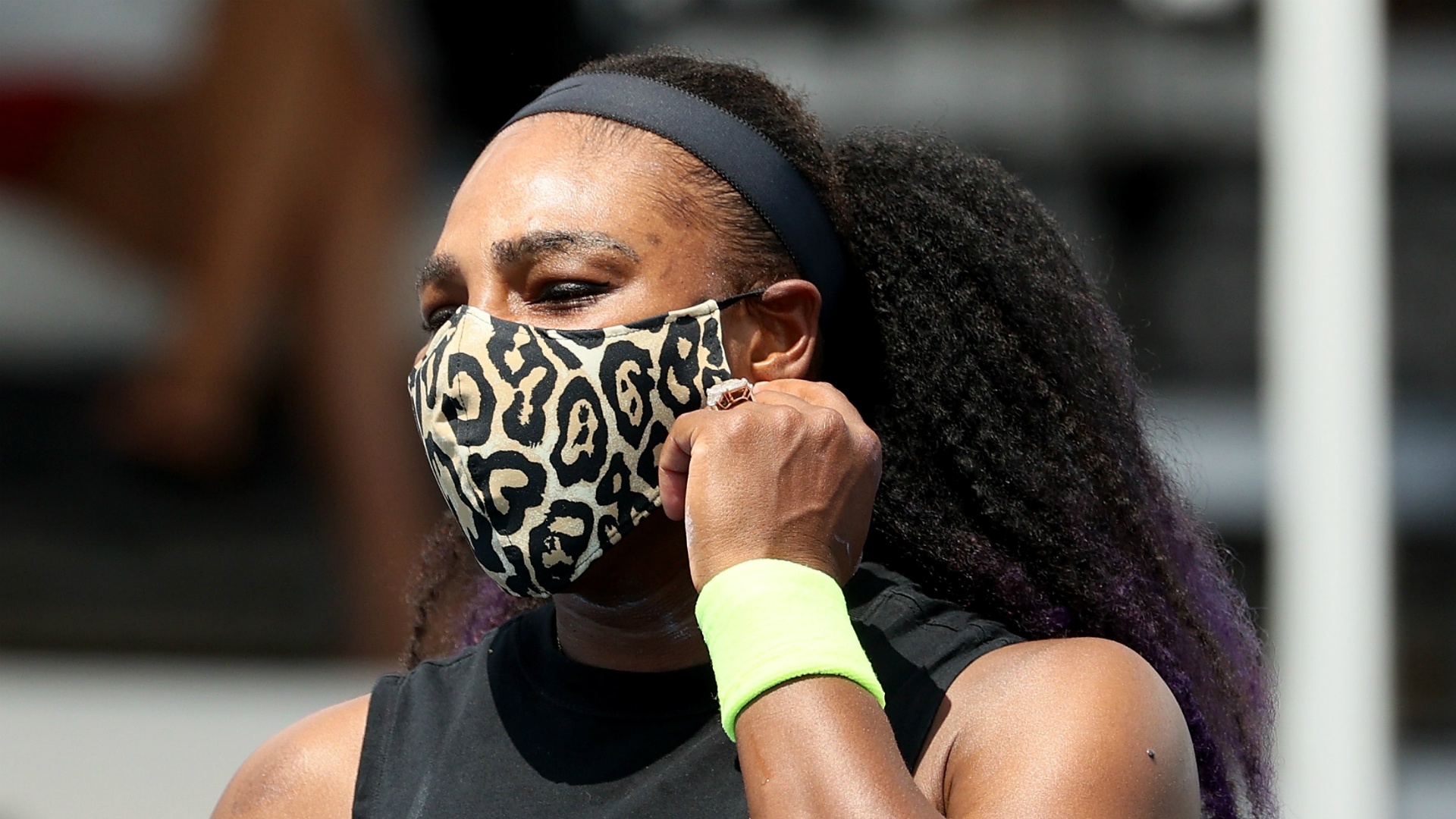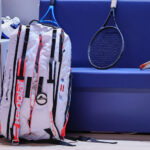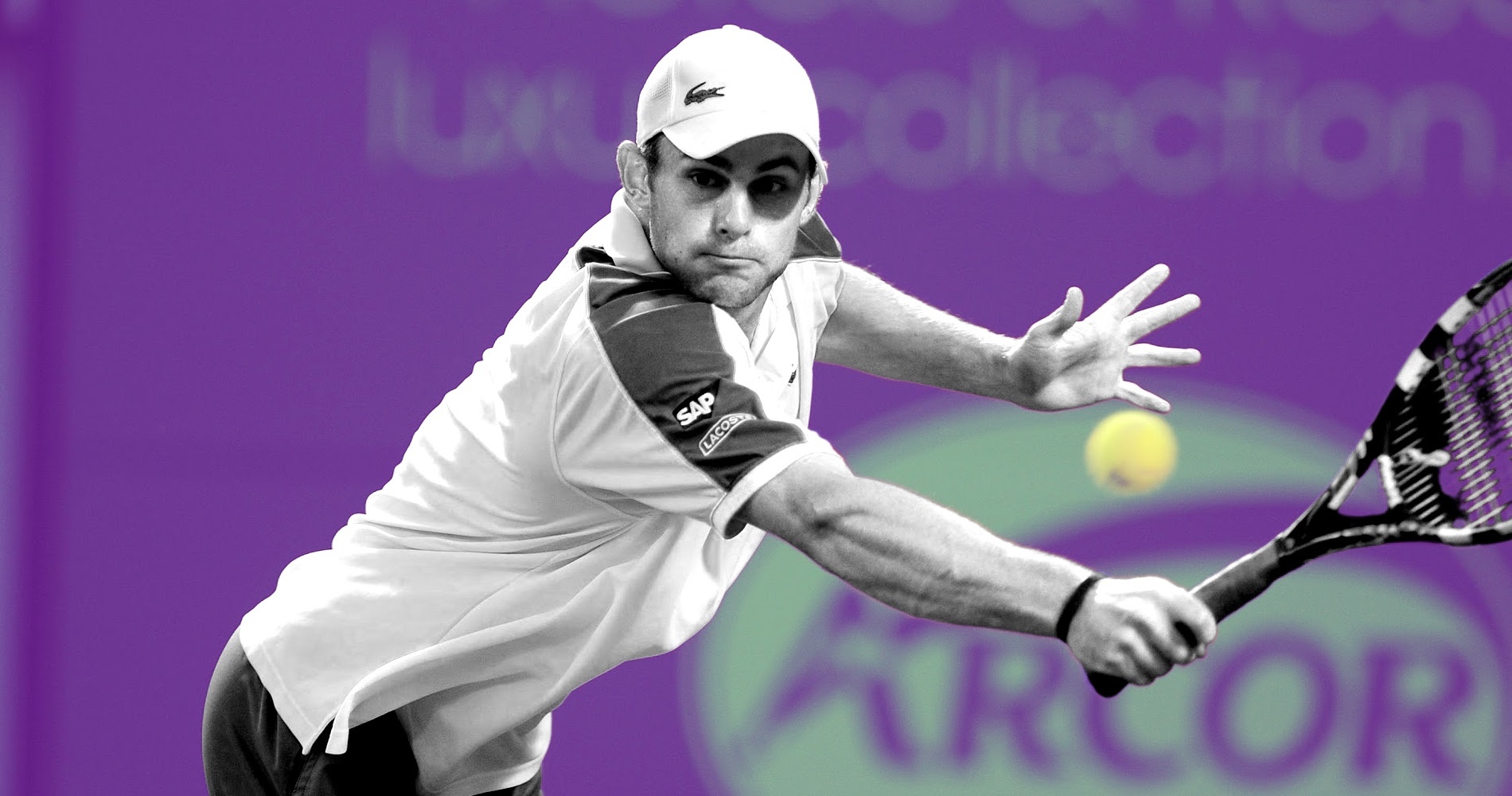US Open 2020: Will we get an ‘asterisk’ champion? The big questions for the closed-door grand slam
The US Open begins at Flushing Meadows on Monday, after a determined effort to stage the grand slam in a biosecure bubble.

There is only one certainty about the US Open: it will be a grand slam like no other before it.
The first tennis major of the COVID-19 era gets under way at Flushing Meadows in the New York borough of Queens on Monday, across the East River from Manhattan, which for the players is a no-go zone.
Fans will be absent; media, except for the host broadcaster, will be absent; many leading players will be absent too, with Rafael Nadal, Simona Halep, Bianca Andreescu, Ash Barty and Nick Kyrgios having chosen not to travel.
It has been dubbed an ‘asterisk slam’, with the suggestion that winning against a weakened field may make it a less valuable title to win than others, and the suspicion there could be an unfamiliar roll call of champions.
Here are five key questions to address before the first US Open balls are hit at the Billie Jean King National Tennis Center.
How can the bubble be kept from bursting?
The Western & Southern Open, relocated from Cincinnati to New York, managed to keep the biosecure bubble at Flushing Meadows essentially intact over the past weeks, offering hope of it holding for the duration of the two-week slam too.
Two players, Guido Pella and Hugo Dellien, were quarantined after coming into contact with a COVID-19 positive person, reported to be a fitness trainer. The quarantining caused a stir amid claims from Novak Djokovic and Andy Murray that players were wrongly or poorly advised about protocols, but teething problems and misunderstandings were perhaps inevitable.
Players might be able to see Manhattan’s skyline from Queens, but they cannot visit the island while still in the tournament, being confined to the Flushing Meadows site and their accommodation, with most players and key officials being put up in hotels on Long Island and carefully ferried from one site to the other. Some players are renting private homes, but stringent rules similarly apply.
Testing will be carried out regularly, but it will be imperative the bubble remains intact, meaning players must prove they have the discipline to resist the bright lights of the big city.
Any repeat of the Adria Tour dunderheadedness, where late-night socialising and fan interaction was followed by a flurry of coronavirus cases among top men’s players, including world number one Djokovic, will not be tolerated.
Novak Djokovic is champion @CincyTennis for the 2nd time, his 35th Masters 1000 and 80th career title pic.twitter.com/ZAqYonm4fX
— RolexShMasters (@SH_RolexMasters) August 29, 2020
So what happens if there’s a COVID outbreak?
Test positive and you’re out. It’s as straightforward as that.
Players will fill out daily health questionnaires and submit to temperature tests before being cleared to enter the Flushing Meadows grounds, and they must wear masks unless playing, practising, or eating and drinking.
Stick to the rules, avoid unnecessary socialising, even within the bubble, and any player’s prospects of staying in the tournament should look good, but it might only take one player going rogue, or even accidentally slipping up, for the bubble to collapse.
The tournament could continue even with a spate of enforced withdrawals, in theory, but it would be a bad look.
Will Nadal, Andreescu and Kyrgios regret staying at home?
Nadal made it clear some months ago that he didn’t fancy long-haul international travel during this period, so last year’s men’s champion was always an unlikely starter.
If he wins the French Open later in the year, he will have no regrets about that decision, and given Nadal’s unshakable self-belief, even a Roland Garros disappointment might not make him think twice about his New York choice.
Andreescu, the women’s champion in 2019, declared it was form as much as coronavirus that persuaded her to pull out.
For the likes of Halep, Barty and Kyrgios it was with health on their mind that they elected to stay away. Financially, they can afford to swerve a major, and if conscience told them in early August that the trip was not worth the hassle, then by mid-September it should be a similar story.
Kyrgios, you suspect, will have the popcorn and the dart board out, ready to throw arrows on social media at anyone that steps out of line, Djokovic having been his bullseye target in recent months.
Hell of a tennis player. May go unbeaten in 2020, can’t take that away from him. Unfortunately when he was supposed to show some leadership and humility he went missing. Majority would say he has taken an L regardless. https://t.co/UjZ9LbHTj3
— Nicholas Kyrgios (@NickKyrgios) August 26, 2020
What are the chances of an ‘asterisk’ champion?
If a weakened entry list can be said to reduce a grand slam to an ‘asterisk’ event, then look back in time: tennis is full of them.
Many stars would often skip the Australian Open in the 1970s and 1980s, to take just one example, but those who benefited in their absence have gone down in the record books as bona fide grand slam winners.
History quickly forgets unusual circumstances, and although this year might be more unusual than most, the 2020 champions will slot between the 2019 and 2021 winners and in years to come nary a word will be said.
Try telling Serena Williams a 24th grand slam would have an asterisk by it, should she land that elusive record-equalling title.
The lack of recent match practice for some, and the unusual conditions for all, may flatten out the playing field and result in more surprises than normal, but you can’t fluke a grand slam title.
Could US sport boycotts affect the tournament?
Recent days have seen stars of the NBA, MLB and MLS boycotting games, in protest at racial inequality and police brutality in the United States.
Thursday’s schedule at the Western & Southern Open at Flushing Meadows was postponed too, after Naomi Osaka took her own widely praised stance.
A suspicion is that if tennis players have come this far, committing themselves to the bubble, then boycotts or withdrawals from matches at the US Open would be unlikely.
But political statements could abound, given the USA is in the run-up to an election, experiencing an epochal civil rights moment, and in the midst of a pandemic.
Tennis has individuals with powerful voices and great influence, some of whom may see this occasion fit for bringing politics into the workplace.
Leading the way. pic.twitter.com/8jvRWKrdSG
— US Open Tennis (@usopen) August 28, 2020





